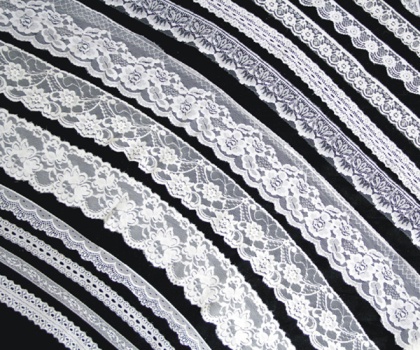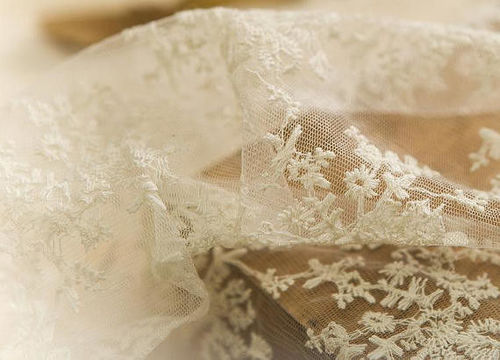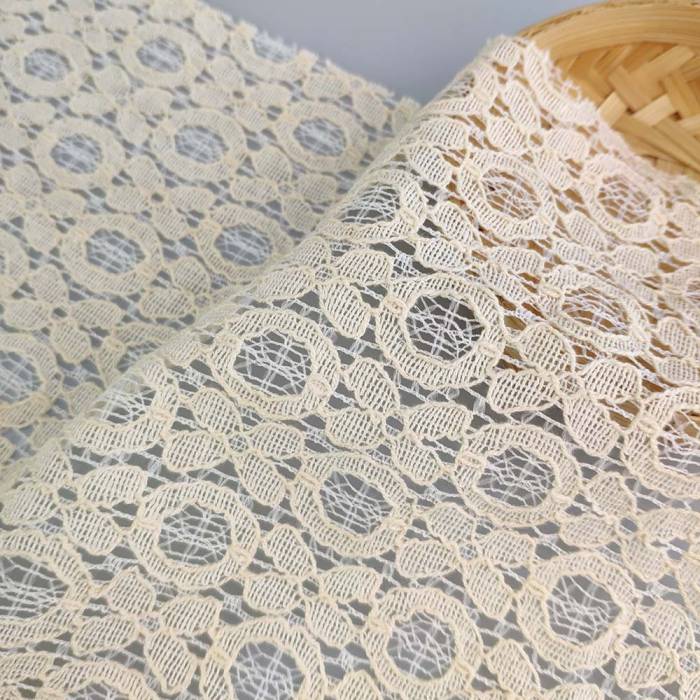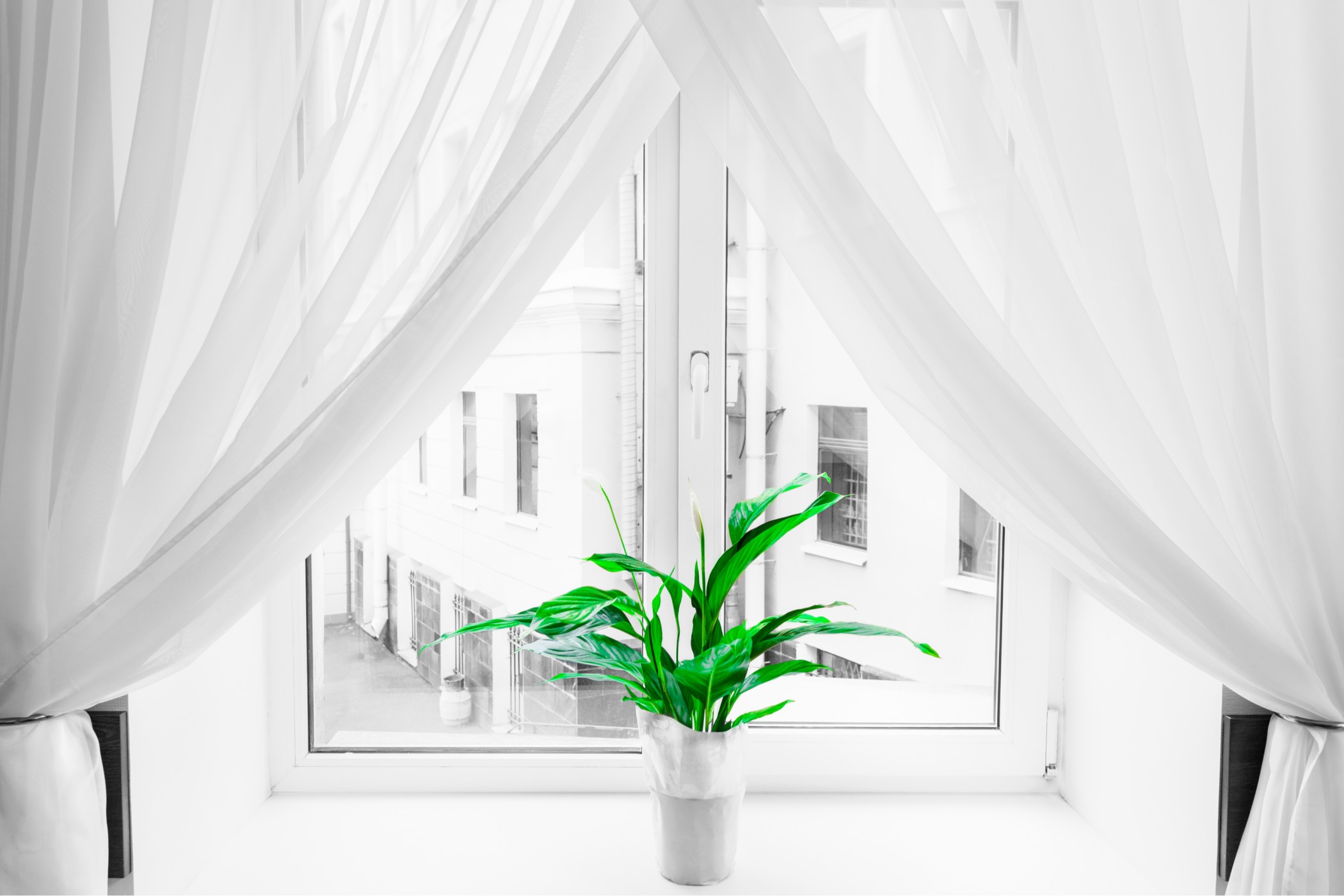7 Cool and Unusual Nylon Lace Facts



One of the most popular fabrics that have evolved in keeping with the fashion of the times is nylon. The synthetic material, with its flexibility, has been a part of changing fashion trends and ways of self-expression. Whether to replace silk stalkings prone to runs in earlier times or asserting self-confidence in modern times with a lace bra or a lace bodysuit, nylon has stood the test of times.
Getting to know Nylon 6 and Nylon 12
While our customers may be happy only knowing the reasons to buy that lace bodysuit, our understanding needs to be a little more detailed. It may not be relevant for our customers, but we as members of the industry need to know the difference between Nylon 6 and Nylon 12. Why are there different variants in the first place? How does it impact their utility in fabrics? Which is the one we should prefer? Let’s find out.

Nylon is a completely synthetic material, which has multiple uses apart from making fabrics. It was developed by Wallace H. Carothers for DuPont in the 1930s. The first variant to be developed was actually Nylon 66. Further research and experimentation by other organizations led to the other variants.
The two variants that we frequently encounter are Nylon 6 and Nylon 12. The numbers 6 and 12 represent the number of carbon atoms in the final chemical composition. The single numbers also indicate that both these are made by a combination of monomers – i.e., the same molecule – multiple times. This difference in chemical composition gives them unique properties, making them suitable for different purposes.
Nylon 6 is an extremely flexible material, making it suitable for designing clothes like lingerie, bottom wear, and sportswear. Nylon 12 on the other hand is more rigid, with much lesser water absorption, and finds application in industrial use. Thus, all the beautiful and stylish nylon we see and use in our designs is actually Nylon 6.
Interesting facts about Nylon laces
We have all used Nylon laces in our designs. Be it the stylish lace bodysuit or an evening gown, the sheer options of color and designs of nylon laces can spoil a designer. We know the many uses of this extremely flexible material. But here, we have compiled a list of some lesser-known yet interesting facts about this material.

1. As much as we love to use nylon laces to create that soft and long-lasting lace bra, that wasn’t the purpose of its discovery. The reason why DuPont invested so much in developing this material was two-fold
a. Finding a more durable material to replace silk, especially for stockings, since they were prone to runs.
b. It also helped to find a cheaper material since silk was very expensive. The new material could be used in other items like parachutes and tarp wires.
2. Whether DuPont saw it coming or not, the new material helped a lot during the World Wars by reducing the dependency on the import of silk from Japan. The next time we design a nylon lace bodysuit, we should pause to think that this material actually had an impact on a World War! Interestingly, the first application of Nylon 6 was not in fabrics but in toothbrush bristles.
3. Initially, the new material was marketed as “Strong as steel, fine as spiderweb”. The high tensile strength of Nylon 6 lent to the first part, whereas its high ductility was behind the second. Can you really believe that looking at a delicate nylon lace bodysuit!
4. All the experiments performed by competitors after DuPont patented its original method and material have led to a family of nylons. Some of the most prominent members of this family include Nylon 6, Nylon 6,6, Nylon 4,6, Nylon 5,10, and Nylon 12.
5. With its soft finish, multiple color options, moisture absorption, and quick-drying properties adding to the utility, Nylon laces were used to design intimate wear like a lace bra or a lace bodysuit. While these applications continue to this day, the material is now used in designing evening gowns and other elegant dresses for social occasions.
6. Not just dresses, with Nylon’s intricate designs and long-lasting colors aiding designers’ creativity, we can experiment with home décor items like table mats and runners as well as accessories like hats.
7. While the material has got a lot of negative publicity due to being synthetic and hence unsustainable, it is largely recyclable. Circular fashion is a great option, especially for materials like nylon lace, since even trimmings of lace can be used creatively.



















